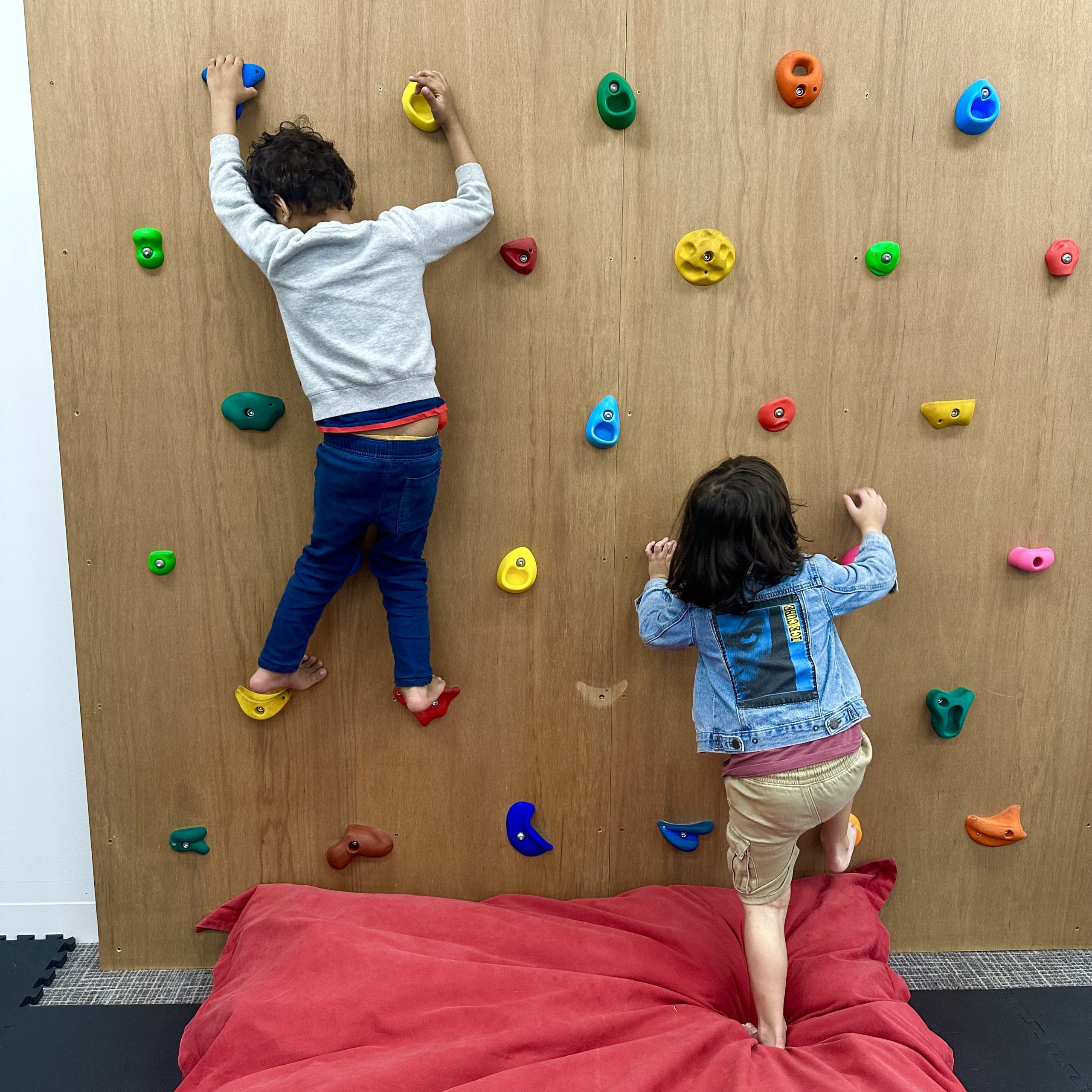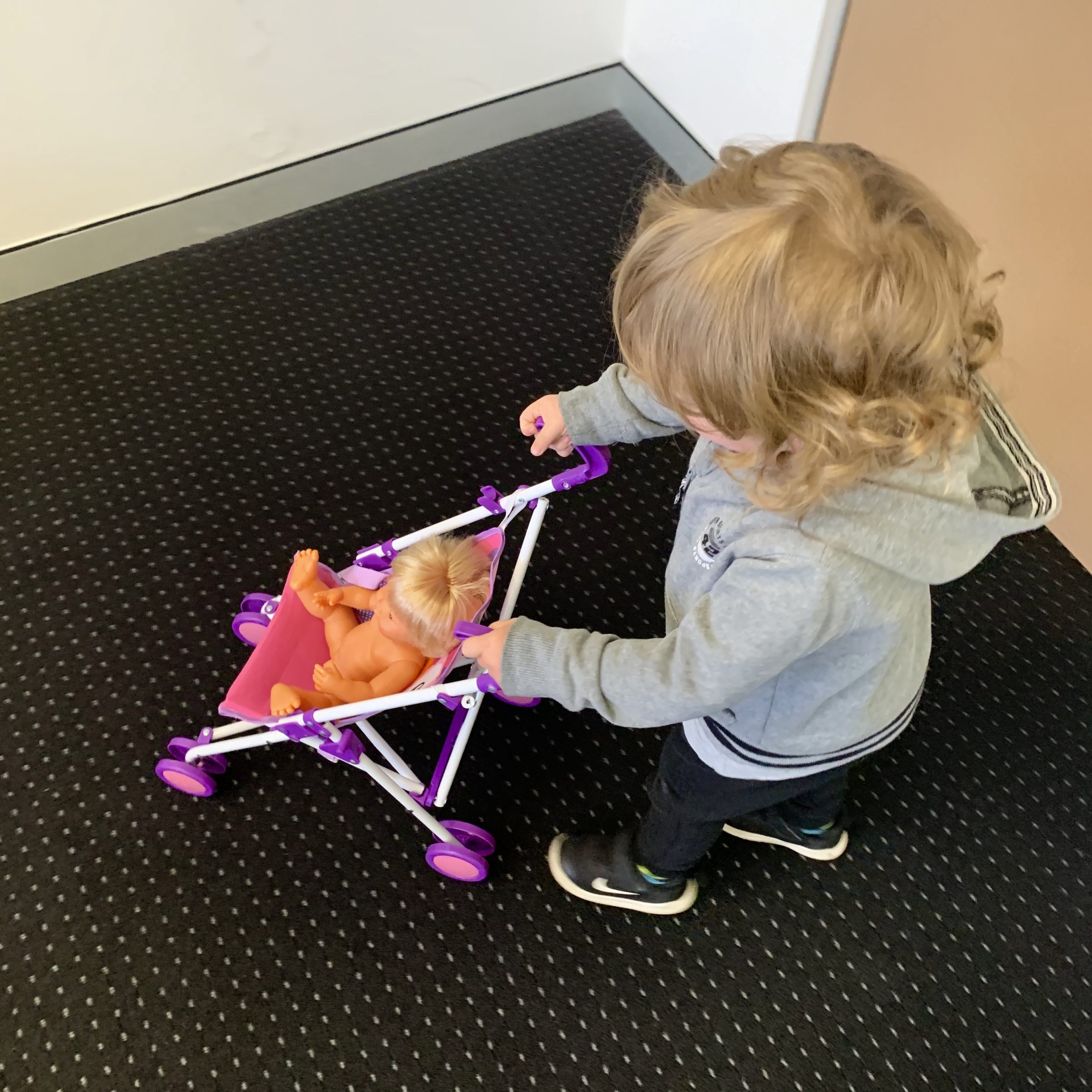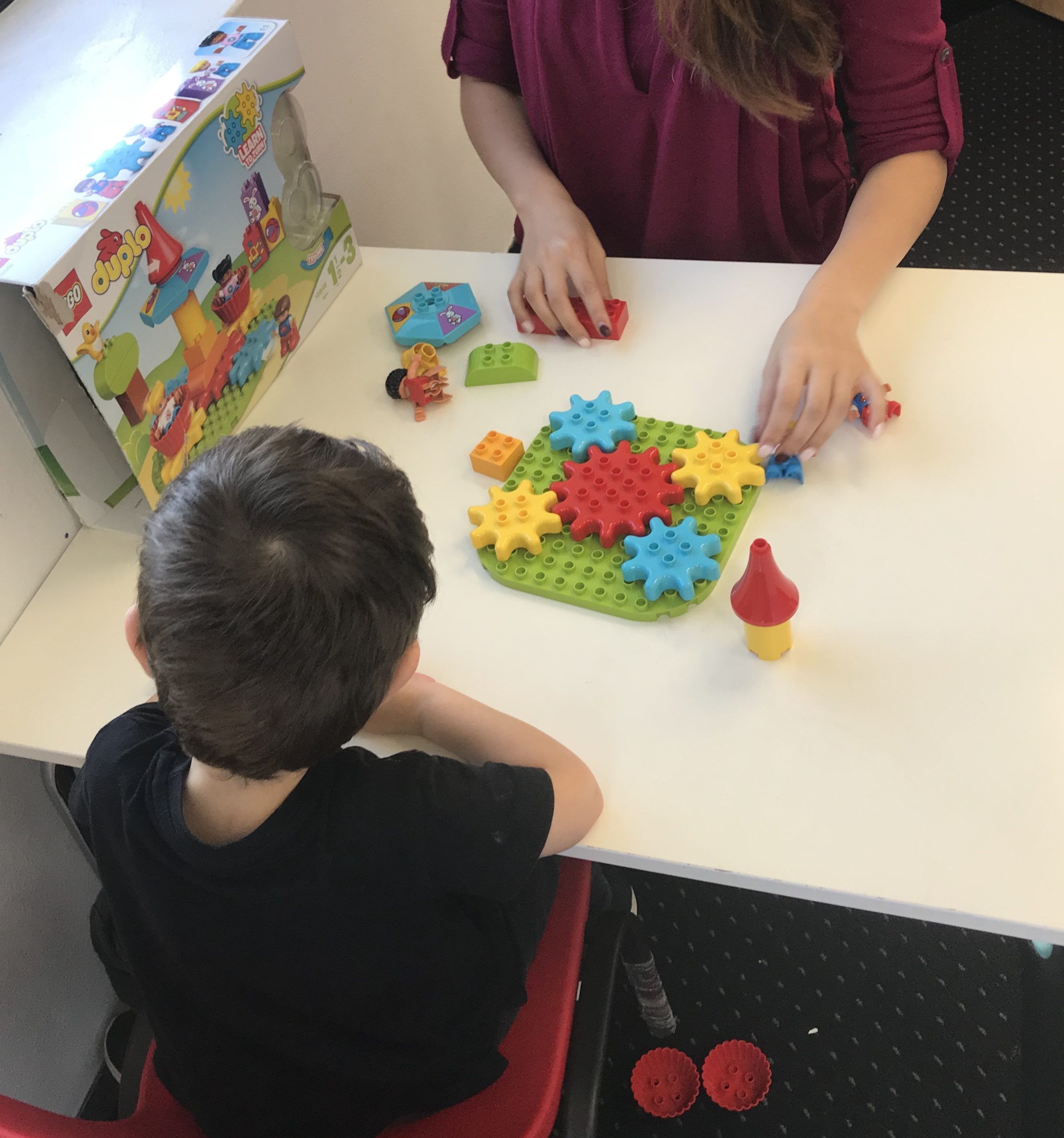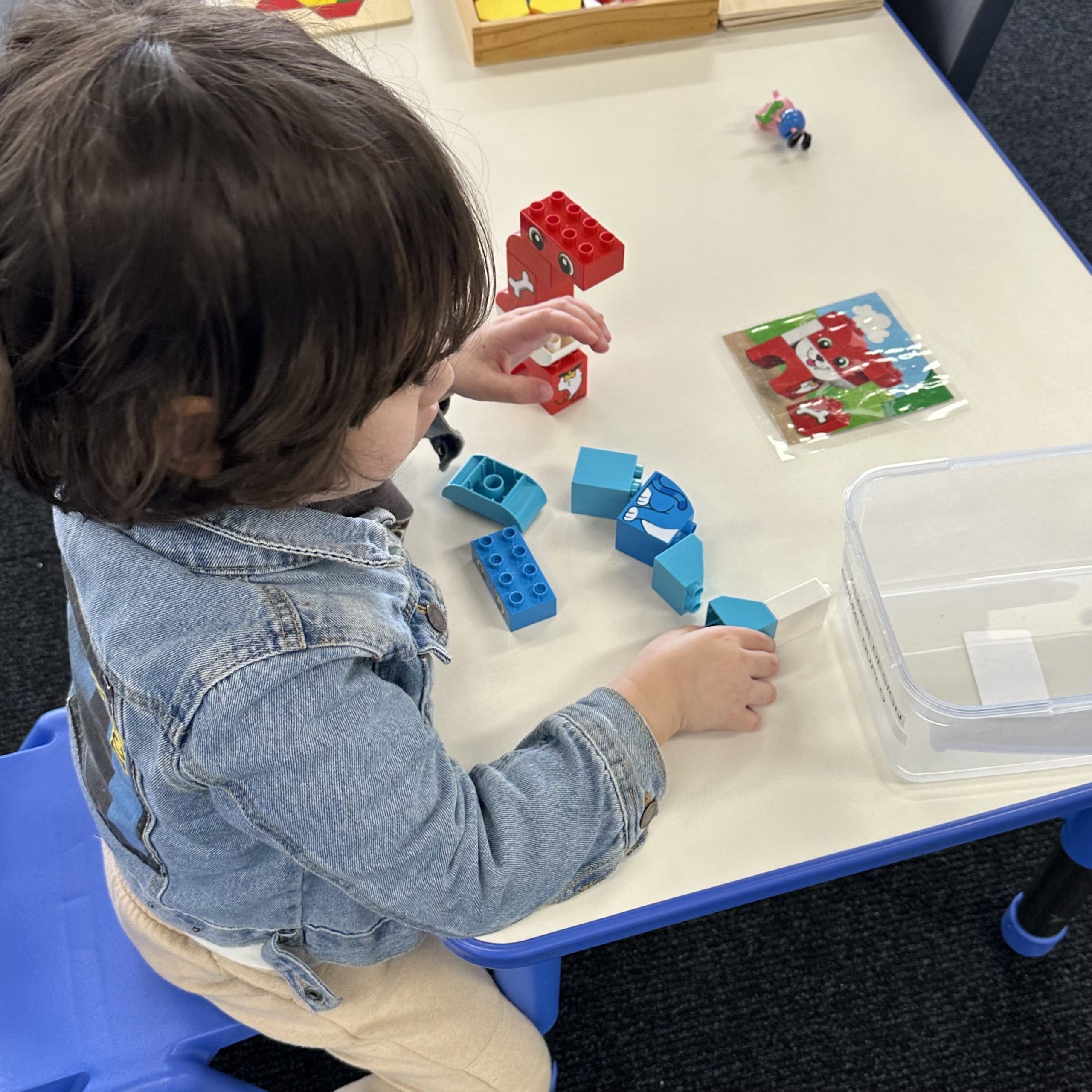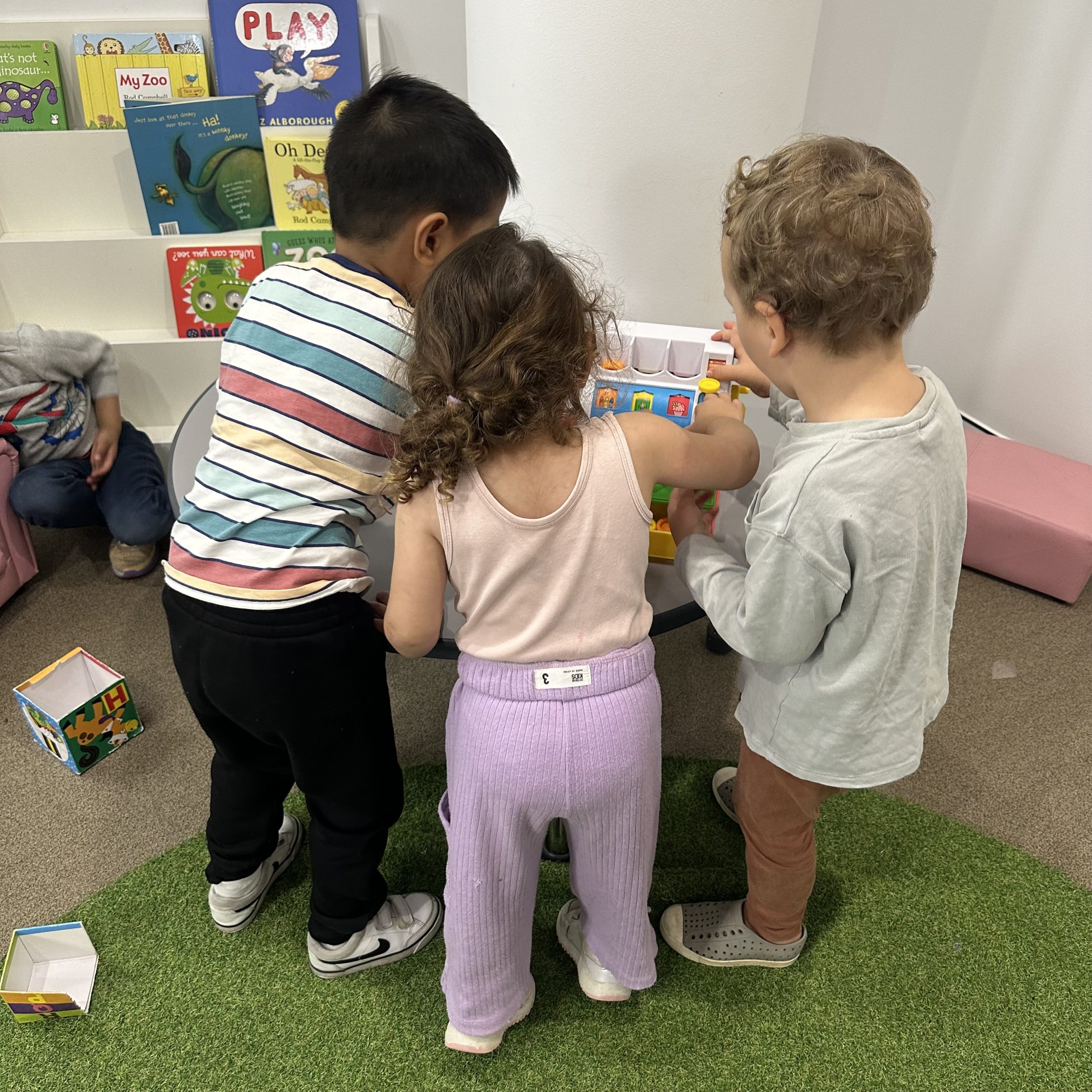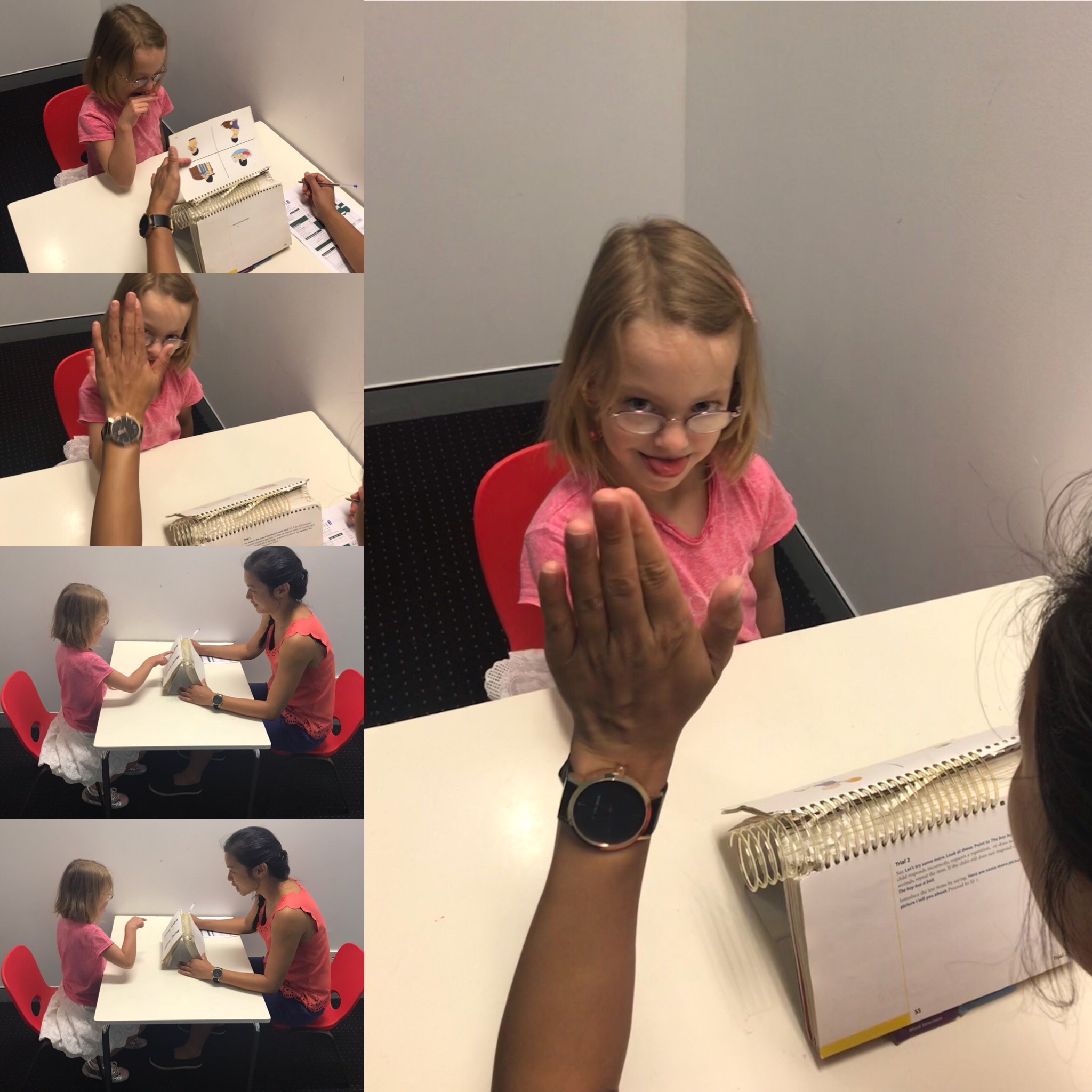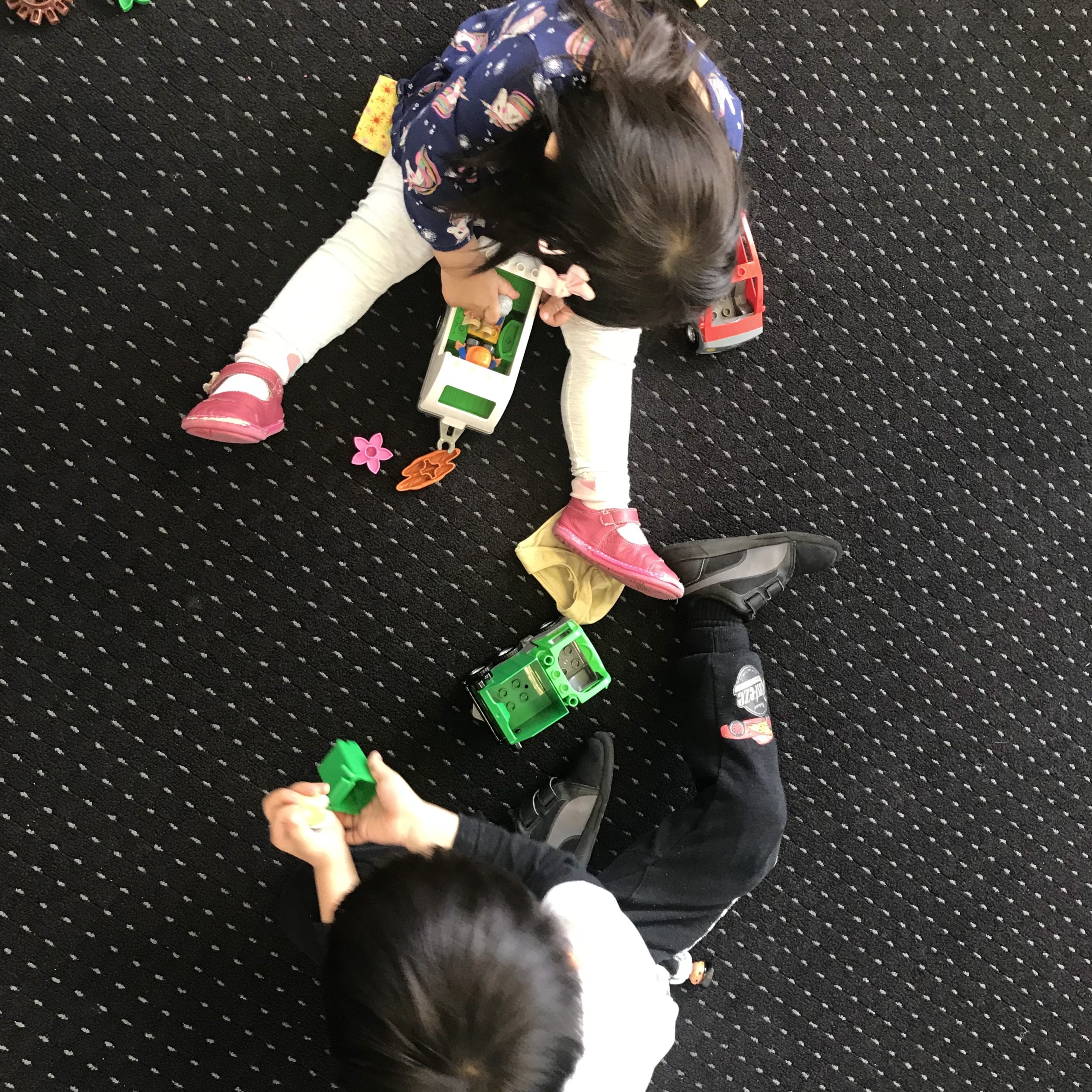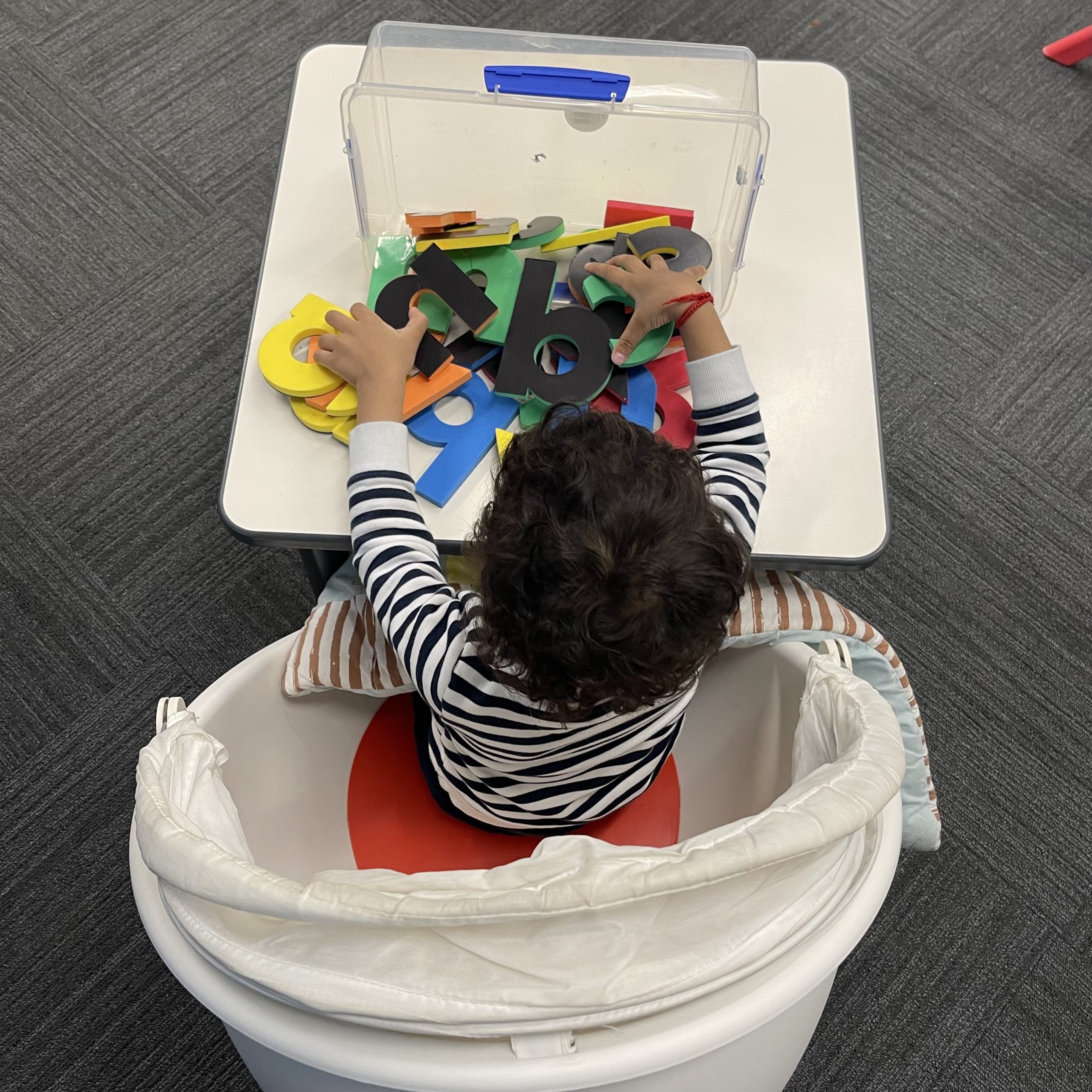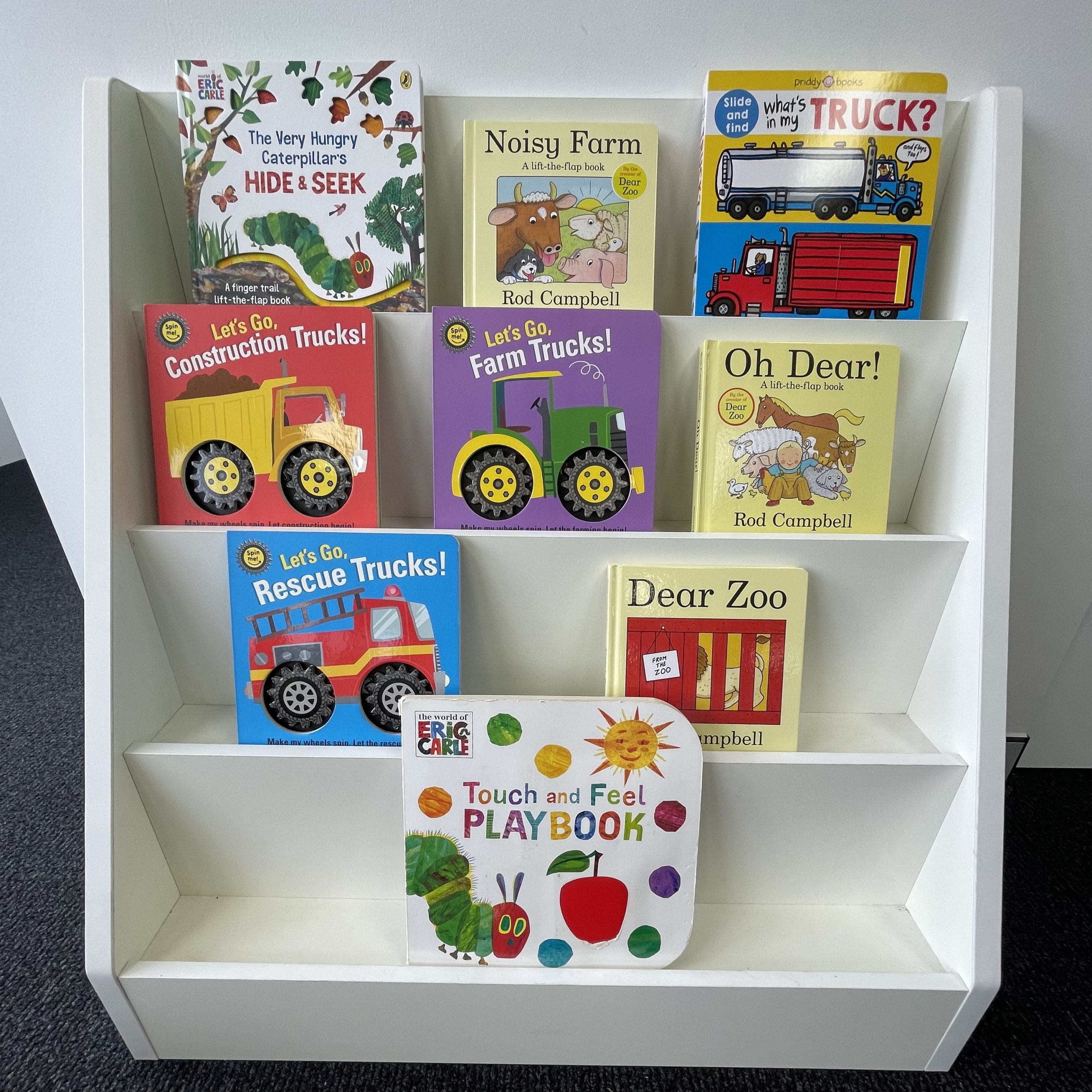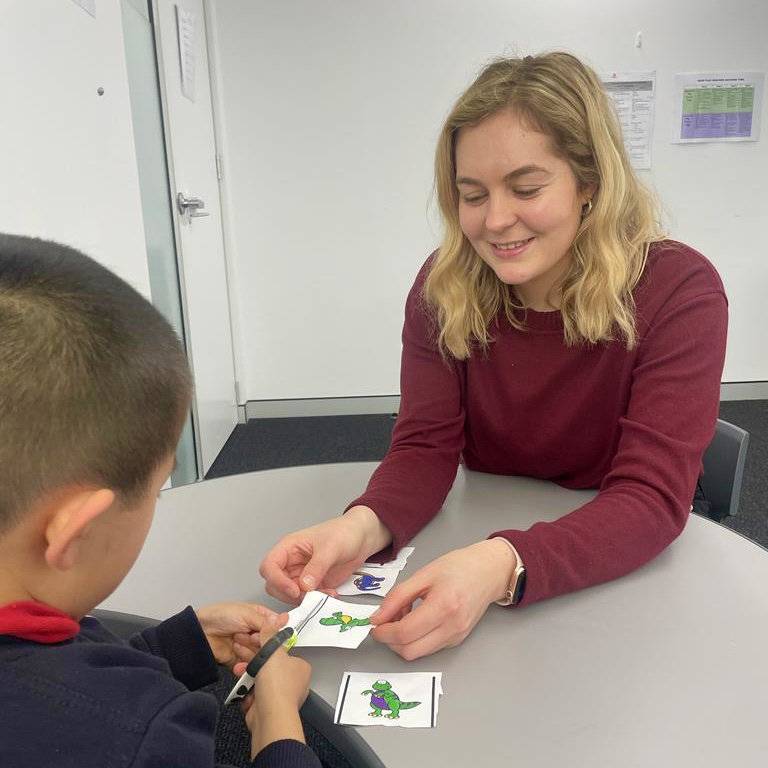
Communication delay in 2-year-olds can be a common concern for many parents and caregivers. Understanding what it is, how to identify it, and ways to help your child can make a big difference. Here’s a guide to help you understand and support a 2-year-old with a communication delay. Understanding Communication Delay A communication delay means that a child is not developing speech and language skills at the expected rate. This can include difficulties with speaking, understanding, or using gestures. Typical Communication Milestones for 2-Year-Olds By the age of 2, most children can: Say 50 or more words. Combine two or…

